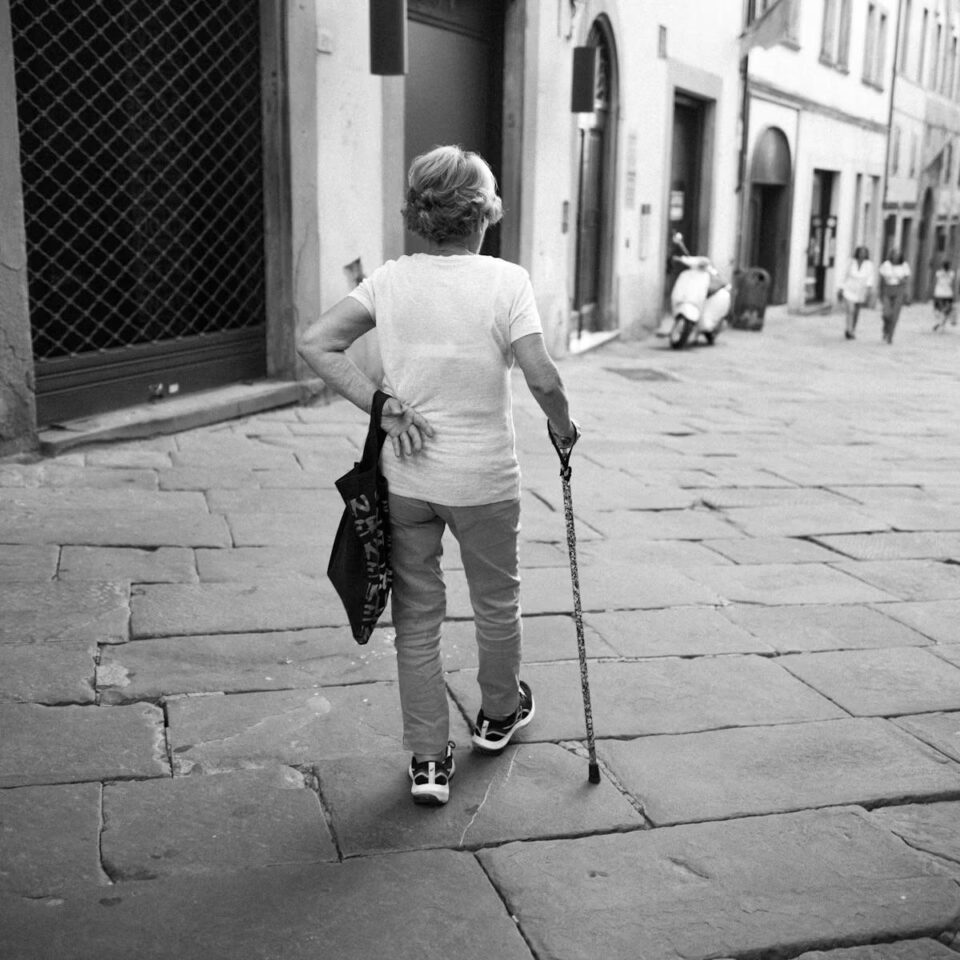Physical injuries can become more challenging to manage as we age. With slower healing, reduced mobility, and other age-related health issues, a minor fall or injury in older adults can lead to significant complications. However, with timely care, proper support, and preventive strategies, seniors can recover safely and maintain a good quality of life.
Here are five essential steps to help manage physical injury in old age effectively.
Seek Immediate Medical Attention
The first and most important step in managing any physical injury in old age is to seek medical attention right away. Even minor injuries like bruises or sprains can be more serious in older adults due to brittle bones, thinner skin, or underlying conditions such as osteoporosis or diabetes.
A prompt diagnosis ensures that any fractures, internal injuries, or infections are detected early. In some cases, what appears to be a simple fall could result in a hip fracture or head trauma, both of which require urgent care.
Opt for In-Home Caregiving Support
After an injury, recovery at home can be both comforting and effective—if proper caregiving support is in place. Professionally-led in home caregiving offers personalized assistance tailored to the senior’s needs, including help with mobility, dressing, bathing, medication reminders, and physical exercises.
Caregivers also monitor for signs of complications and ensure that recovery is progressing as expected. This support not only enhances safety and comfort but also provides companionship and emotional reassurance during a vulnerable period.
Utilise Comprehensive Senior Care Services
Senior wellbeing services play a vital role in injury management by offering a wide range of support, from medical care to rehabilitation programs. These services may be offered through senior living communities, outpatient clinics, or in coordination with healthcare providers.
They often include access to physiotherapists, occupational therapists, and geriatric specialists who understand the unique needs of elderly patients. A comprehensive senior care plan ensures that all aspects of recovery—physical, emotional, and mental—are addressed with compassion and professionalism.
Focus on Physical Therapy and Safe Mobility
Rehabilitation is crucial in helping older adults regain strength and prevent future injuries. Physical therapy should begin as soon as medically approved and be adjusted to the individual’s abilities. Therapists can guide seniors through exercises that improve balance, flexibility, and coordination.
It is also important to make home modifications such as installing grab bars, using mobility aids, and removing trip hazards like loose rugs. Encouraging gentle movement and avoiding prolonged bed rest can significantly enhance recovery and reduce the risk of complications.
Monitor Mental and Emotional Wellbeing
An injury can take a toll not just physically, but emotionally too. Older adults may feel frustrated, anxious, or depressed due to limited independence or prolonged recovery.
Regular check-ins by family, caregivers, or mental health professionals can help address these emotional challenges. Encouraging social interaction, hobbies, and light routines during recovery can boost morale and speed up healing.
In summary, managing physical injury in old age requires a well-rounded approach that combines medical care, rehabilitation, emotional support, and safe living conditions. With the right steps and support system in place, seniors can recover well and maintain their independence.

